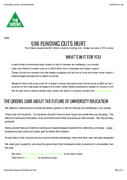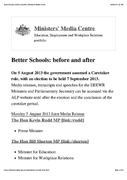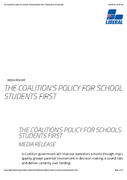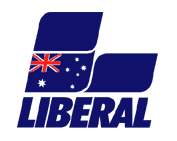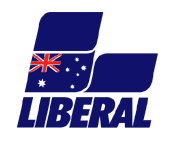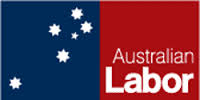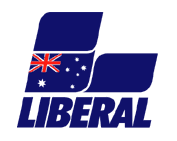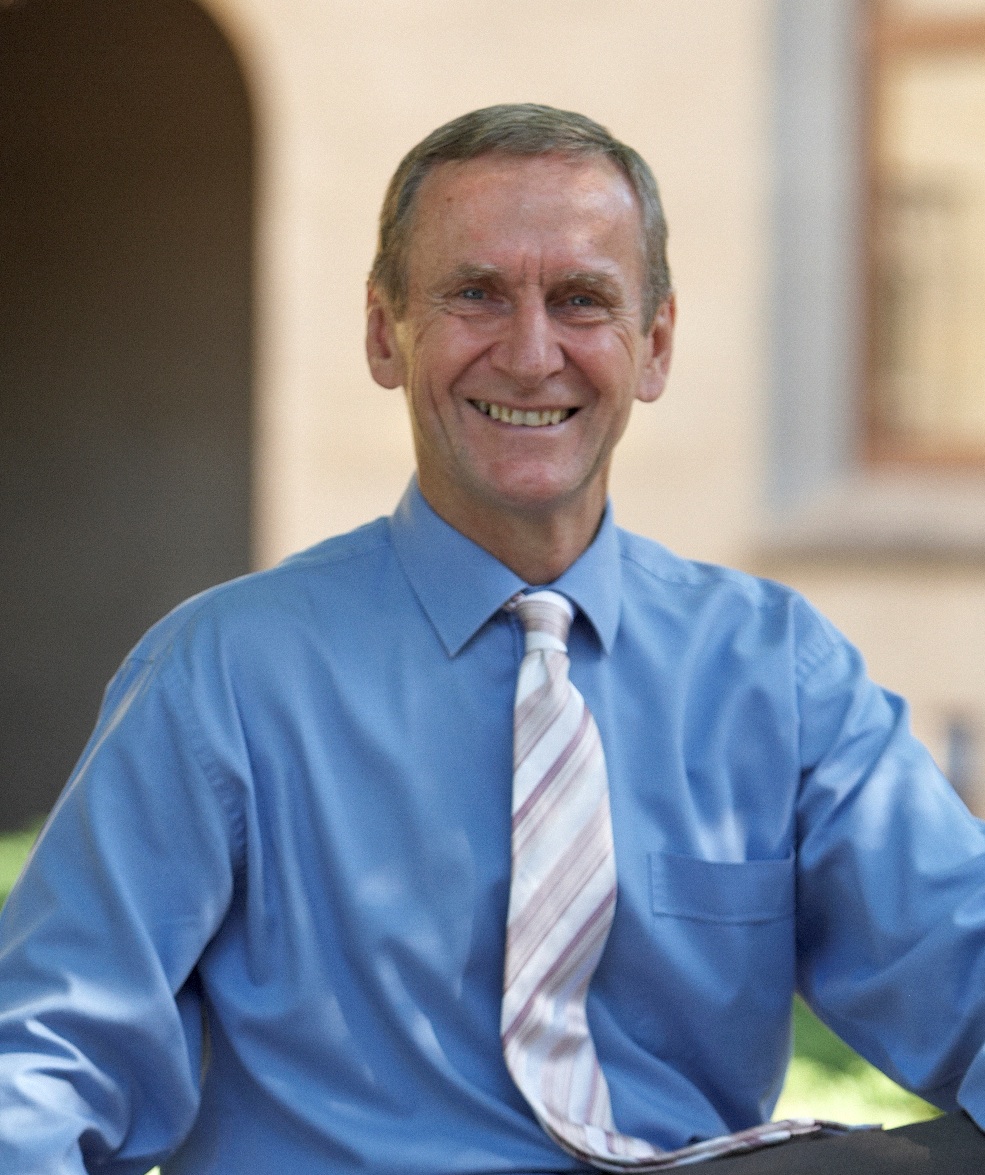Since Tony Abbott’s announcement that the Coalition is on a “unity ticket” with Labor on school funding, education is no longer a key point of difference between the two major parties. This is a significant shift from previous Coalition statements, which opposed the Government’s school funding reforms, and a clever political move from the Leader of the Opposition. The Greens have always supported the Gonski school funding reforms, and don't believe the package currently on the table goes far enough.
However, there are still some differences between the major parties’ education policies, most notably:
- The Coalition has pledged to undo legislation within the Better Schools plan to grant additional Commonwealth powers over schools. The issue of Federal intervention in schooling is a thorny one, and the Opposition has been more explicit than the Government in noting the Commonwealth’s limited power over education, as well as declaring it will not seek to increase this power.
- The Coalition has little in the way of early childhood or skills/Vocational Education and Training (VET) policies – two areas where the Labor Government has built a track record while in Government, and where the Greens have devoted more attention.
Schools
Both major parties claim to have a focus on lifting ‘teaching quality’, which includes ‘tougher’ standards for teacher education, increased levels of autonomy for school principals, professional development for teachers and more support for those beginning their careers. The detail on how they propose achieving these measures varies – but only slightly.
Labor has introduced a number of major new education initiatives during its time in Government, and it seems the Coalition will retain these. They include:
- the launch of the MySchool website
- the launch of the annual NAPLAN tests
- developing the national curriculum, which is scheduled for full roll-out by 2018
- developing national standards for teachers, principals and teacher education.
|
|
|
|
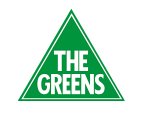 |
|
Funding |
New funding model will provide $15bn over six years from 2014, with additional loadings for students from disadvantaged backgrounds. |
The Coalition will honour the Better Schools funding for the first four years.
Will establish a capital infrastructure fund for schools when the budget is brought back to "strong surplus", to help new schools grow or to allow existing schools in the most need to access funding. |
Provision of an additional $2 billion (on top of the government's current $3 billion) to bring schools up to the School Resourcing Standard sooner. They would fund this by "fixing" the mining tax and redirecting the increased revenue into education. |
|
State contributions to funding |
Under Labor, the States are asked to contribute approx. $5bn of the overall $15bn additional funding in the Better Schools plan |
The Coalition will not require a contribution from the States. |
|
|
Tougher standards for teacher education |
The Australian Institute for Teaching and School Leadership has been commissioned to develop:
Review of all teacher education courses by Tertiary Education Quality Standards Agency.
Introduce new national requirements for initial teacher education courses by 2015.
Introduce new national literacy and numeracy assessment that each teaching student will have to pass before graduation. |
The Coalition supports Labor’s measures.
The Coalition will also establish a ministerial advisory group on teacher education, to advise prior to the proposed Tertiary Education Quality Standards Agency review. This will have a particular mandate to look a primary literacy education, science and maths education and languages teaching.
|
|
|
Science education |
Students in Years 3, 5, 7 and 9 will take part in an annual science assessment as part of the NAPLAN tests. |
Committed to continue funding science programme Primary Connections. |
|
|
Literacy education |
An “early years reading blitz” from Foundation to Year 3. |
The Coalition is in favour of a return to a “phonics-centred philosophy”. |
|
|
Schoolkids bonus |
From 2013, eligible families receive Schoolkids bonus payments of $420 per year for primary students and $820 per year for secondary students. |
The Coalition has said it will scrap the Schoolkids bonus. |
|
|
Bullying |
Schools will be required to have a Safe School Plan to prevent bullying, and to ensure students can learn in a safe and comfortable environment. |
Will work with social media operators, schools and parents to tackle cyber bullying. |
|
|
Asia literacy |
Students will have access to learning an Asian language by 2025. |
By 2023, wants 40 per cent of Year 12 students studying a foreign language, preferably an Asian language. Will establish a new two-way Colombo Plan, exchanging Australian students with students from the Asian region. |
|
|
School autonomy |
Will give school principals more autonomy over how their schools are run. |
Will give school principals, parents and communities more autonomy over how schools are run.
Will work with States and Territories to introduce ‘Independent Public School’ initiatives, similar to that in WA. |
Notably, there is little detail from either party on how the additional Better Schools funding will be spent. Extra dollars are not a magic bullet on their own; they need to be spent on the right initiatives. Additionally, the strong focus from both parties on competition and school autonomy are concerning; these are not effective levers for improving student learning outcomes.
It is important to remember that education is not just about schools, and there are clearer points of difference between the major parties in early childhood and TAFE.
Early childhood
The Labor Government has made big changes to early childhood education and care during its time in Government, including:
- introducing the National Quality Framework (NQF), with improved child to staff ratios and minimum qualification requirements for staff
- increasing the childcare rebate from 30% to 50%, and making the payments fortnightly.
In terms of election promises in early childhood, we have heard very little from the Coalition to date, and Labor's announcements have been mainly around availability of childcare places.
|
|
|
|
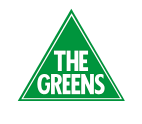 |
|
Availability of childcare places and flexibility of hours. |
$450m pledged to extend childcare and after school opening hours.
Proposes working with other jurisdictions to increase flexibility of child care places.
$2m upgrade to MyChild to make it clearer for parents what childcare and outside-school-hours care is available in their area. |
If elected, the Productivity Commission would be instructed to review the entire child care system and costs, with the aim of making the system more “flexible and responsive”. |
The Greens would commit $200 million over four years in grants to community and not-for-profit centres to expand their services or plan and build new centres. |
Australia still has very low levels of early childhood participation compared with other developed nations, and varying levels of quality in the delivery of early childhood education and care. There is still much work to be done here.
TAFE
In Government, Labor has had a clear mandate in Vocational Education and Training and TAFE, with major achievements including:
- brokering the National Partnerships Agreement and National Workforce Development Agreement with the states
- establishing the National Workforce and Productivity Agency
- establishing the Australian Skills Quality Authority.
However, there are few specific proposals for the election.
|
|
|
|
|
Skills development for young people |
$2.5b from 2008-18 to fund trade training centres, to enable all secondary school students access to skills training. |
Promises to invest in advanced job skills training - including trade skills with a focus on workplace training and incentives to employers to employ young people. |
The lack of detailed policy from either party is concerning, giving the major issues facing this important sector (there are many more young Australians aged under 25 years in vocational education than there are of the same age in higher education):
- Arguably, Labor has retreated from an integrated tertiary education sector, despite experts arguing that the future of tertiary education relies on building bridges between VET and higher education.
- The TAFE sector, particularly in the eastern states, is suffering with funding cuts and declining student share. There is a risk that TAFE is becoming a residual institution, as private providers dominate the market by offering courses that are cheaper and easier to run.
- Many states will only fund individual study at a higher level than existing qualifications. However, this often disadvantages retrenched older workers, women returning to the workforce, individuals from disadvantaged backgrounds and workers trying to change careers.
There has not been a public review of vocational education and training since 1974, and there is an urgent need to consider these issues.

